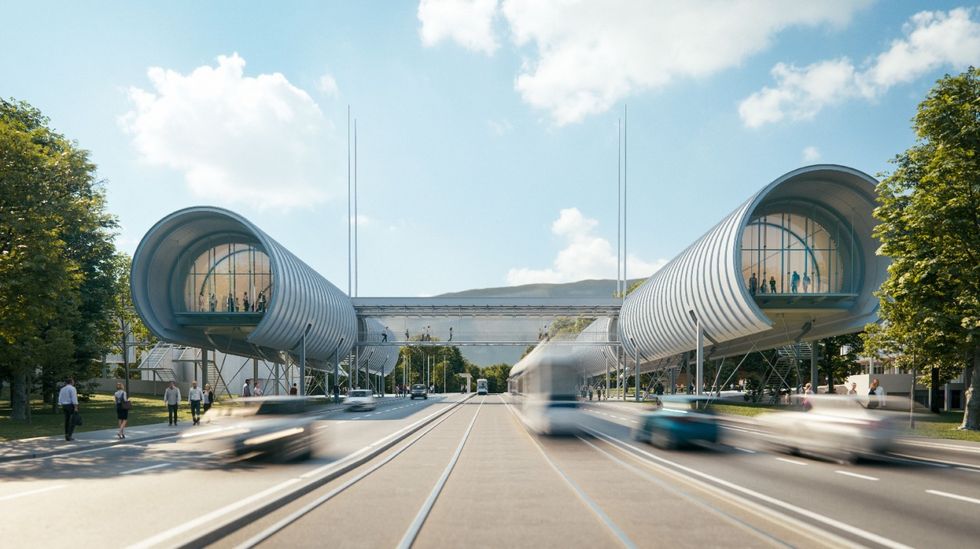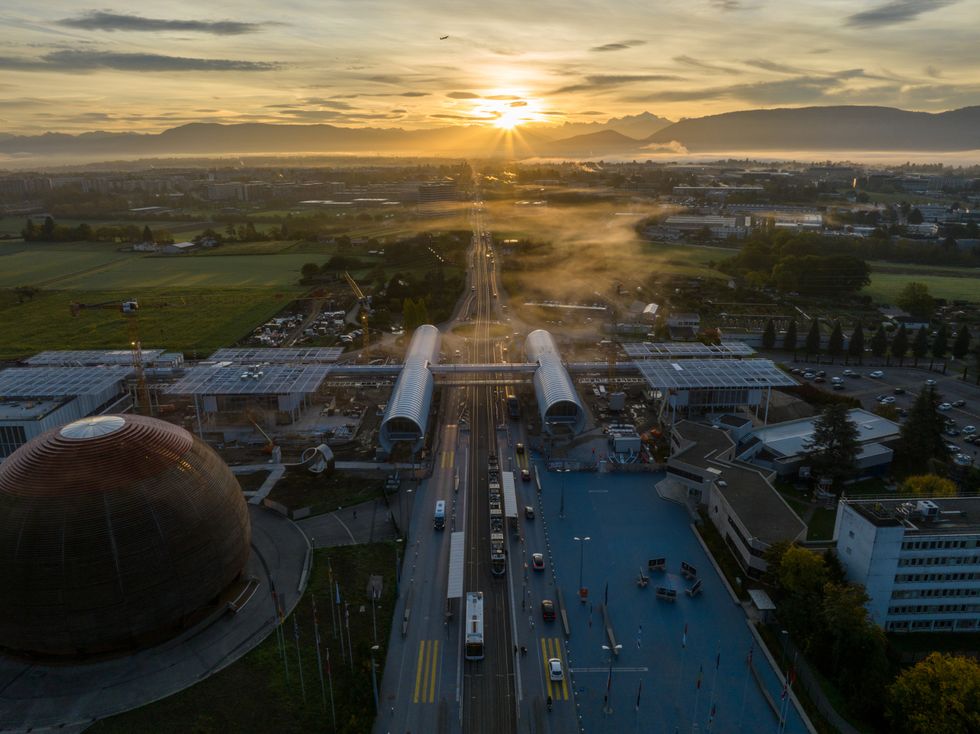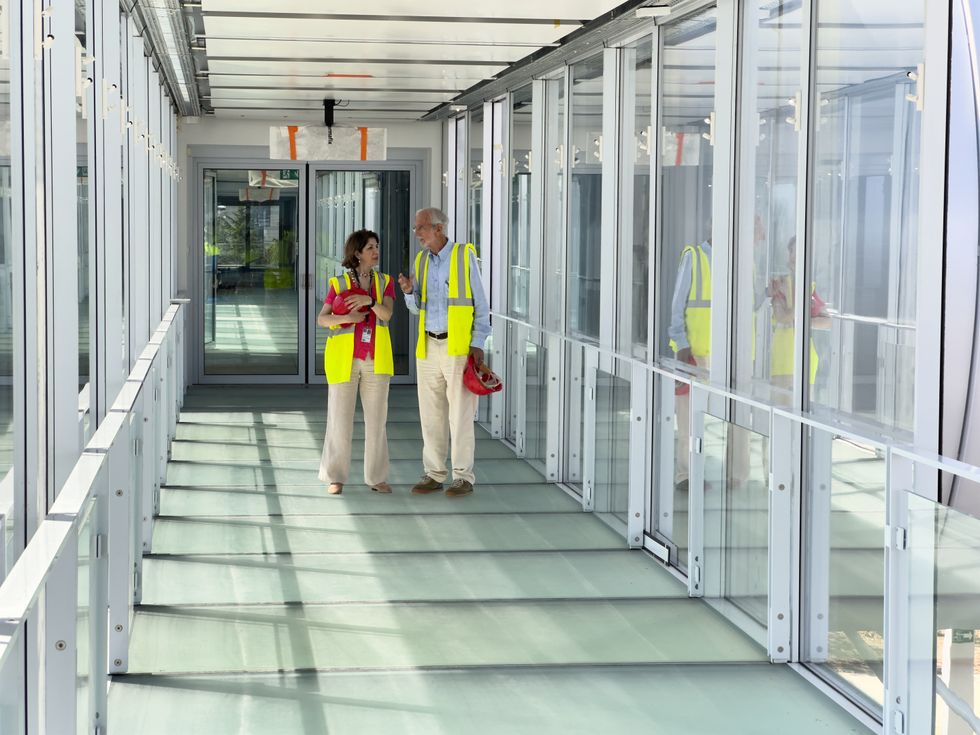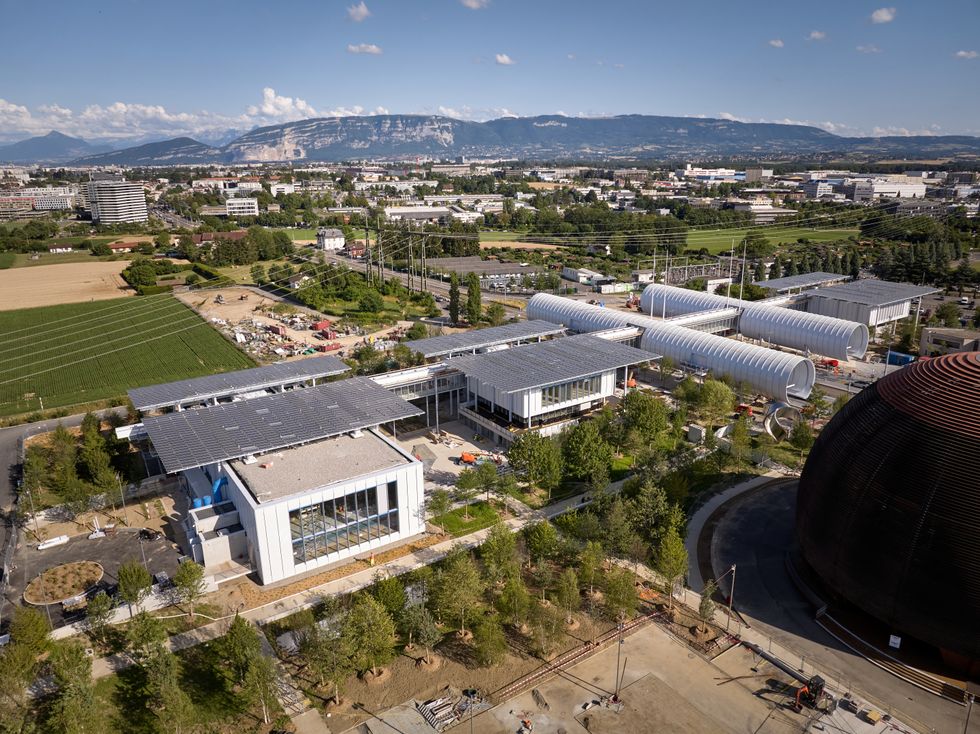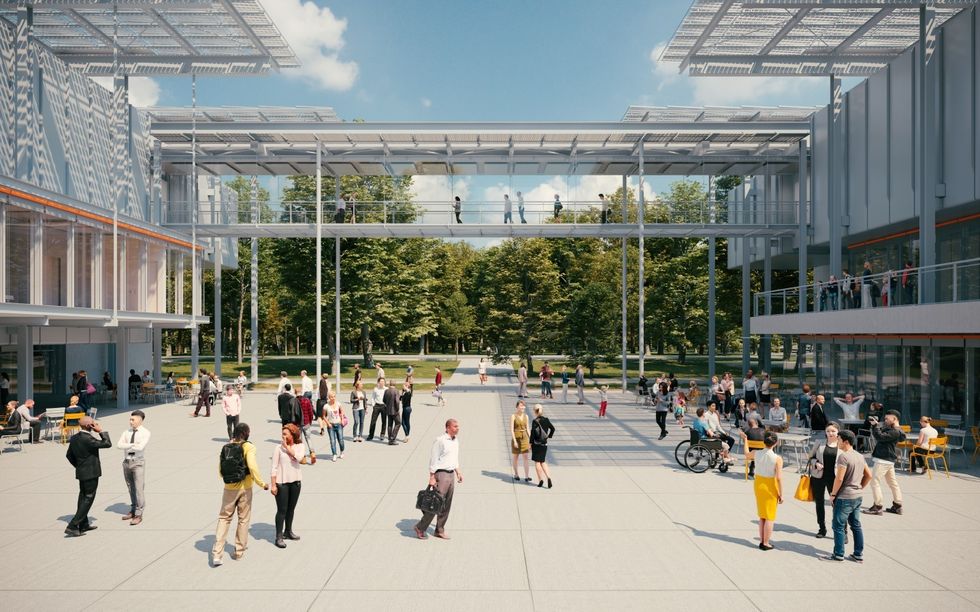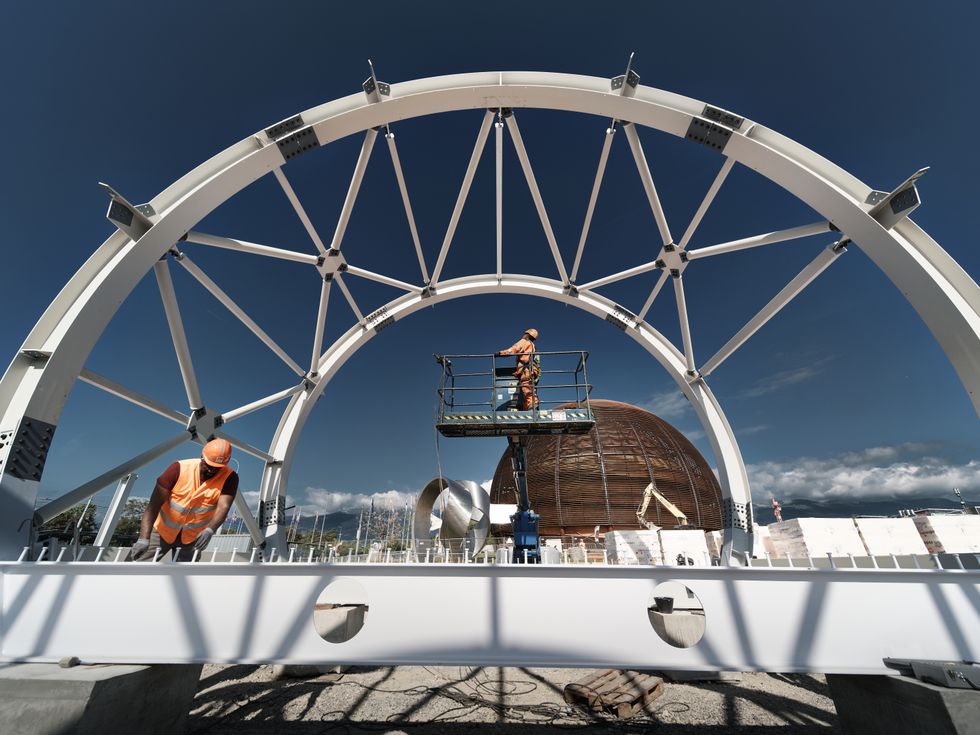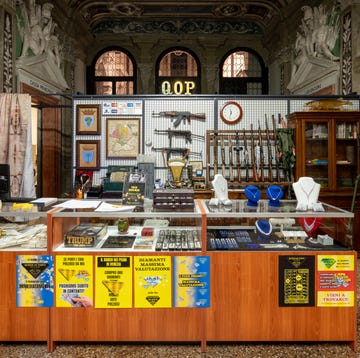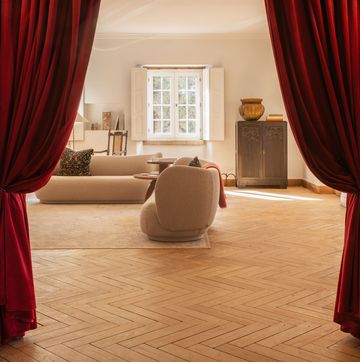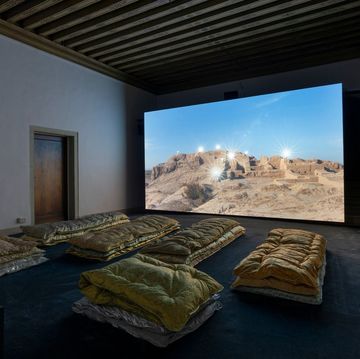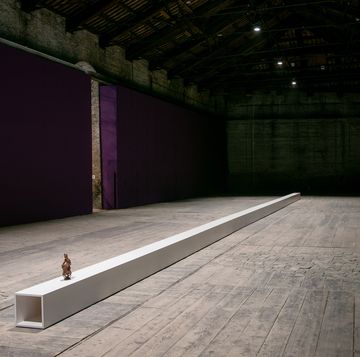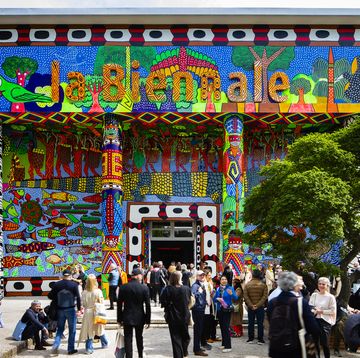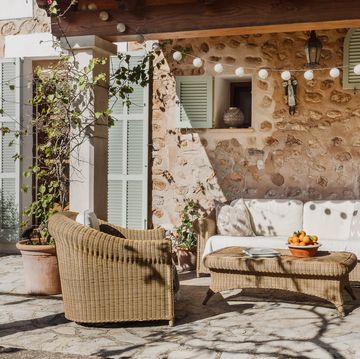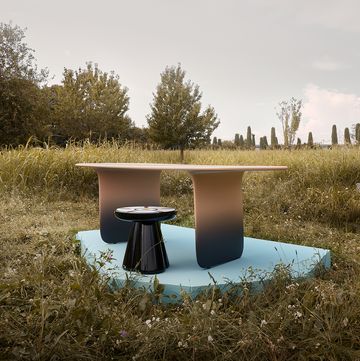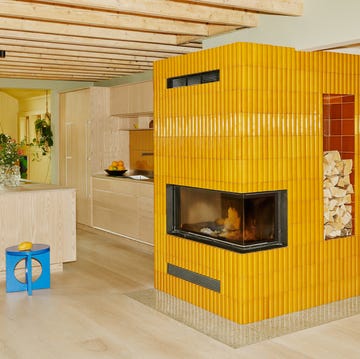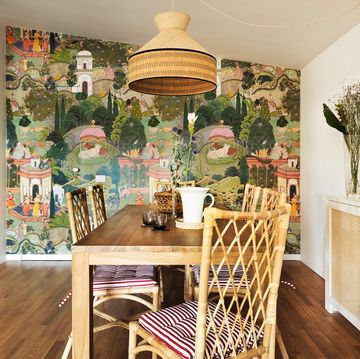"There are two linear accelerators that supply the protons and ions directed to the 157-meter-wide Proton Syncrotron Booster, feeding first into the Proton Syncrotron, then into the Super Proton Syncrocron and finally arriving at the Large Hadron Collider, a 27 km super ring that runs through Switzerland and France at a depth of about 100 meters." In explaining the world's largest and most powerful particle accelerator — the only tool we have available today to attempt to understand the origin and reasons for matter — Geneva’s very own CERN begins with an assumption: you don't have to be a scientist to set curiosity in motion and wonder about our origins. "Anyone looking at the sky has wondered where we came from, and this is one of the few places in the world that can answer that question." In the heart of Europe, where languages, cultures and knowledge meet, CERN has represented the world's most important research center for 69 years (70 in 2024), whose discoveries have radically changed and improved all of our lives. To welcome the 17,000 scientists who pass through the campus daily, along with visitors from all over the planet, the new Science Gateway designed by Renzo Piano and developed by the Paris office of the Renzo Piano Building Workshop will officially open on October 8.
"Architecture comes to life when people are in it," Piano tells us on his 86th birthday, as workers from around the world scramble in final preparations for the Gateway's opening. It all began before the pandemic, when CERN Director-General Fabiola Gianotti left for Paris to meet with the architect and imagine a new building capable of meeting the demands of visitors, considering that "150,000 we can accommodate, another 150,000 we are forced to refuse.” The meeting soon led to a fortuitous partnership and the birth of an architecture "about the mysteries of the universe," as its designer likes to say. Raised 6 meters above street level, from the sketch to its realization the project has seen several changes, all while maintaining several fixed points. Among them, we find the presence of a tree-lined area that follows the natural orography of the land and welcomes a bridge "both physically and metaphorically that connects nature, the park, the buildings and especially CERN to the rest of the world.”
The large bridge connects the existing buildings with a new 900-seat auditorium that can be divided into four sub-units equipped with all the latest technologies in acoustics and sustainability — including cooling that comes from holes in the floor — as Lorenzo Piazza, an Italian architect based in Paris who has worked alongside Renzo Piano for 15 years, tells us. Between workshops for children ages 5 and up, a renovated entrance, shop and restaurant find space in the new volume with features typical of the archistar's signature buildings. Here, concrete holds the architecture to the ground, lightened with a steel load-bearing system that reveals its construction rationale. Meanwhile, glass screens the exterior elevations, rendering them legible from the outside and allowing natural light to enter. Inside, a colorful expanse of cables and piping runs through the buildings in shades of blue, yellow and red — a choice we’ve come to know and appreciate in the Centre Pompidou that harks back to Building 11 of the Politecnico di Milano designed by Vittoriano Viganò, where Piano studied.
Uniting the new hub with the existing buildings across the street is the bridge itself, designed by Renzo Piano as an allegory of what happens several hundred meters underground, where particles travel at very high speeds. With its two large suspended tunnels, the construction symbolizes the particle accelerators emerging to the surface to show everyone their fundamental role. Inside, several interactive displays are designed for all ages, offering magnetic tracks, karaoke and even quantum air hockey. "I'm sure children will love this project because it resembles a 200-meter-long street," the architect tells us. "I thought of it so that it could be invaded by the many children and others, but it’s mainly them who have to understand that what sits in front of their eyes is the reality of the world and not fiction."
Architectural influences follow the pragmatism of scientists, proud of the research done in CERN's laboratories, from the world wide web invented by Tim Berners-Lee in 1989, through cancer cures and the discovery of the Higgs boson, hypothesized for dozens of years and finally discovered in 2012 with the intent to explain the dominance of matter over antimatter. Only 5% of matter is visible, with a remaining portion that doesn’t manifest, and it’s for this that "colliding protons allows us to understand how we came into being and how the world we inhabit was created."
"It's about the mystery of life. Here researchers work on elements that are immensely small and at the same time immensely large and powerful. That's why we thought of an architecture that was also partly unreal, capable of producing more energy than it requires, far exceeding the Zero Energy Building requirement,” adds Piano. "The idea was to create an experience that would be difficult to forget, so I wanted to create architecture that would be able to amaze.”
Information to visit CERN:
The center is open to the public six days a week, Tuesday through Sunday, closed on Mondays. Admission is free for all upon registration for guided tours. From Geneva Central Station, trams reach CERN in about 25 minutes. For overnight stays in Geneva, there are several hotels about 15 minutes from CERN, including the Adina Apartment Hotel, where comfort meets refined interior design enhanced by numerous iconic design pieces, from Le Corbusier to Giancarlo Mattioli's Nesso lamps.

